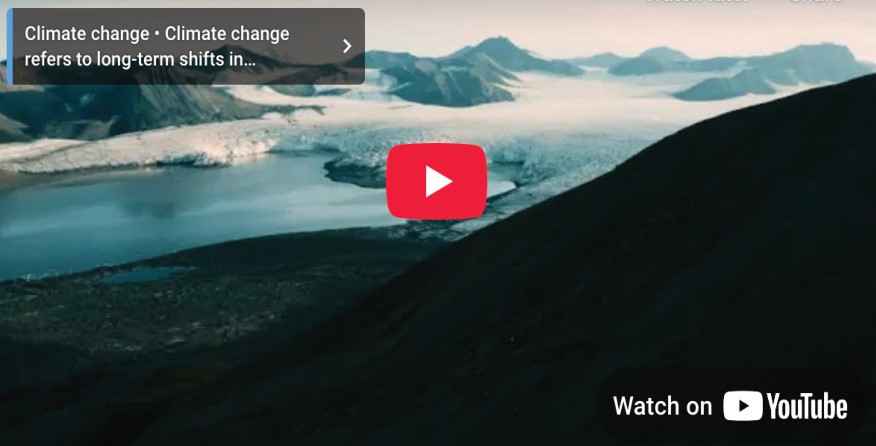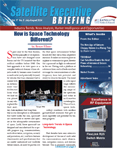Better Satellite World: Bringing Data Home from the Ends of the Earth
New York City, NY, April 2, 2025 - For 30 million years, the North and South Poles have been kingdoms of ice and snow. But today, there is nowhere on Earth more at risk from climate change. The Antarctic is warming twice as fast as the rest of the world. Arctic temperatures are rising even faster.
|
You can view the "Data From the Ends of the Earth" video on Youtube at: https://www.youtube.com/embed/zJeKeS6fpHU?si=UG5yG__h8swU5m2w |
The melting of the poles is already changing our world. We see it in rising seas, worsening weather and big shifts in where plants, animals and people can thrive. Scientists are in a race against time to understand what is happening at the poles and help the world change the story.
Managing What You Can Measure
Starting in 2019, the crew of the icebreaker Polarstern trapped their ship in Arctic ice for a whole year. One hundred researchers from Germany’s Alfred Wegener Institute labored through the cold and darkness, tracking changes in the ice, ocean and atmosphere.
At the other end of the Earth, researchers for the Australian Antarctic Program voyage aboard the icebreaker Nuyina, a floating laboratory. Their work is critical in a place where massive shelves of ice grow weaker by the year, raising the risk they will plunge into the ocean and boost sea level.
Drowning in Data
Polar research faces one more big challenge. The Polarstern’s year in the ice produced more than 90,000 data points. A single voyage of the Nuyina creates 160 trillion bytes of data. In the race against time, no one can afford to wait months for ships to return to port with information. They need it now.
From the ends of the Earth, the data makes its way home by satellite. But the poles have long been a bad place for satellite service. For decades, most satellites have circled the Earth above the equator. Because the Earth is curved, radio waves reach the poles from the side, not overhead. Passing through all that air weakens the signal, and a hill or iceberg in the wrong place blocks it completely.
Today, Starlink and OneWeb are covering the entire globe. But they are especially vulnerable to rain fade from bad weather, which is common at the ends of the Earth.
A company called Speedcast has the answer. It combines GEO satellite service with LEO service covering the poles. It takes a lot of smart engineering and advanced technology, but it makes sure that polar researchers are never out of touch. Speedcast can move one thousand seven hundred gigabytes of data a day from the Antarctic to Australia – enough for 15 hundred high-definition movies. That keeps the vital data flowing and protects the health and morale of people working at the ends of the Earth.
What do they think of the new service? In 2023, the Polarstern ploughed through thin ice all the way to the North Pole. The captain announced their arrival by email. It was the ship’s seventh visit to the Pole, he wrote – but the first one where he could tell the world about it as it happened.
---------------------------------
Produced by Space & Satellite Professionals International (SSPI), see more stories and videos of satellite making a better world at: www.bettersatelliteworld.com






